Remember to click the play button above for an audio tour of WORSHIP with Ruth Medjber.
Trigger warning: if you’ve been missing live music and big, sweaty, euphoric festival tents, Ruth Medjber’s WORSHIP, her installation as part of the Crawford Art Gallery’s new photography exhibition, Saturation, might get a bit emotionally overwhelming.
Like an over-eager fan queuing for a gig, I’m first through the doors for a look at Saturation, and although it’s a photography exhibition, it’s the audio element of Ruth’s installation that hits you first. There’s the distant sound of a large crowd, that swells excitingly as you walk towards WORSHIP.
Alma Kelliher’s sound design perfectly evokes and even recreates that pulse-quickening sensation of walking towards a chanting crowd at a festival, or waiting for the drop in a sweaty club.
WORSHIP occupies the centre of the ground floor of the gallery: a giant box, a room-within-a-room plastered with five metre by six metre photos by Ruth of some of her stand-out moments as a music photographer.
Inside the room she’s created, lighting designer Conor Biddle has furthered the sensation of being at a live gig.
Listen to the podcast above to hear Ruth talk us through these moments and her life on the tour bus documenting the lives and work of some amazing acts: WORSHIP features Regine Chassagne from Arcade Fire dancing in the crowd, a blizzard of pointilistic confetti at a Tame Impala gig, Hozier having a moment at Electric Picnic.
Queen of the backstage pass, Ruth has been embedding herself with musicians and bands since she was in her teens, having been around cameras from a very young age: her father sold camera equipment and she would often accompany him on his rounds as a young child. Analogue cameras were ever-present and so too were developing services.
“Dad would bring me around to all the camera shops like John Gunn and stuff, and they’d look at five-year-old Ruth and go, ‘have you got any rolls to develop, love?’, and I’d go, ‘yes please,’ and I’d hand them a bucket of rolls and they’d run them through the processor for free. Developing was expensive and wouldn’t have been necessarily within the means of my mum and dad at the time, so it was through the generosity of camera store owners that I got my start.”
She grew her experience in music photography shooting for Hot Press and NME during her Bachelor of Arts in Photography at Dublin Institute of Technology, growing adept at capturing those never-to-be-repeated moments that happen when musicians are on stage and in flow.
Take us to church: live music as worship
But in WORSHIP, the camera is turned largely on the crowd.
With Covid-19 restrictions now gone, the timing to view this is excellent: emotions are going to run high for many the first time they’re back in a proper crowd again in the coming months.
After two years of recorded music or songs from empty rooms or songs to fenced-off grids, performers, crew and audiences alike are returning, and with them, the transcendent buzz that can so often feel like an act of communal worship.

When I interviewed Ruth in March 2020 during the first lockdown, every single event her livelihood was based on had been cancelled. So there’s no-one as keen for the euphoria to return as her, but this is as much for the pure love of it as it is a career consideration.
“The loss of live music was actually as bad as the loss of my career,” she says. And this was as much for the crowds as for the buzz of working with acts.
“In a crowd of ten thousand people, everyone has their own story about why there are there,” she says. “I might have caught them at their favourite gig and I love that.”
Ironically, Ruth’s creative adaptation her life under Covid-19 restrictions has led to the work she’s become best known for, which is not music photography at all.
Twilight Together
Ruth started visiting friends during the initial round of 5km restrictions, photographing them through their windows at dusk. Capturing as they did the mood Ireland found itself in, they rapidly garnered media attention.
“CNN Picked it up, Fox News picked it up and it just got huge,” she says. “As soon as the Irish Times put it on their cover, I woke up the next morning to 400 emails going, ‘can you come and photograph me through my window?’ So I just thought, if I’m going to do it I might as well do it big; I might not earn money off this project but it gives me something to do and it gives them something to do. People were dressing up when I came to their window because they had nothing else to be doing.”
Ruth’s book, Twilight Together: a portrait of Ireland at home was published in November 2020 and contains portraits taken at 150 homes, of people through their windows at “everything from castles to caravans.”
Generation Saturation
Saturation is by no means a solo show and while Ruth’s work stands out, it doesn’t steal the limelight.
13 photographers have each been given a wall in the group exhibition, and each one assigned a hue: the resulting explosion of colour gives rise to one potential interpretation of the show’s title, but it also simultaneously reminds us of the world saturated in imagery in which many of these artists’ aesthetic and practice has emerged.
The exhibition celebrates an emerging generation of photographers, some very young: one of the photographers was born in 2000, curator Dawn Williams tells me. “Ayesha Ahmad is in the final year of her degree in photography,” Dawn says. “Conor Clinch is 24.”
It’s an exhibition for the Instagram generation, and when viewed as a whole, looking beyond the luscious palette, the beauty and youth and sheen of the imagery, numerous darker aspects of our increasingly technocratic society shift into focus.
There are moments of loneliness and isolation here, a constant questioning of the position of the self in the scheme of things.
Saturation has been three years in the making. “I was going through rabbit holes of Instagram and we just noticed that there was this thing going on with a younger generation of artists,” Dawn says.
“Where previous generations had looked at landscape and place, often in an overtly political way, we noticed that all these artists were turning their camera on themselves in a performative way, and there was this use of colour that was popping out.”
Including the work of emerging photographers as well as more established and senior members of the Saturation tribe, like Ruth and Dragana Jurišić, was important to Dawn, as was moving beyond the world of art photography.
“We are deconstructing this sort of hierarchy of photography that goes, is it art photography, is it fashion photography, is it music photography? It’s all an art; they’re all artists. Some of this is work from people who have never been to art college but who are very successful and make beautiful images that keep you asking questions, and to me that’s the mark of a really great artwork.”
The doors to Saturation will open quietly: with the exhibition planned during the still-shifting sands of varying rounds of Covid-19 restrictions prior to the recent return to business-as-usual for arts and events, it was decided not to hold a launch, although the gallery hope to hold an event when we’re on the still more solid ground of April.
But Saturation is itself a celebration, Dawn points out.
“When you come in here, you just don’t know where to look first,” she says. “I’m hoping people get a little disoriented. It’s just….joyful.”
Saturation: The Everyday Transformed is at the Crawford Gallery of Art until June 26. More info here.

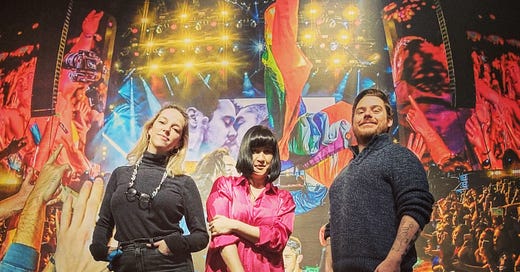



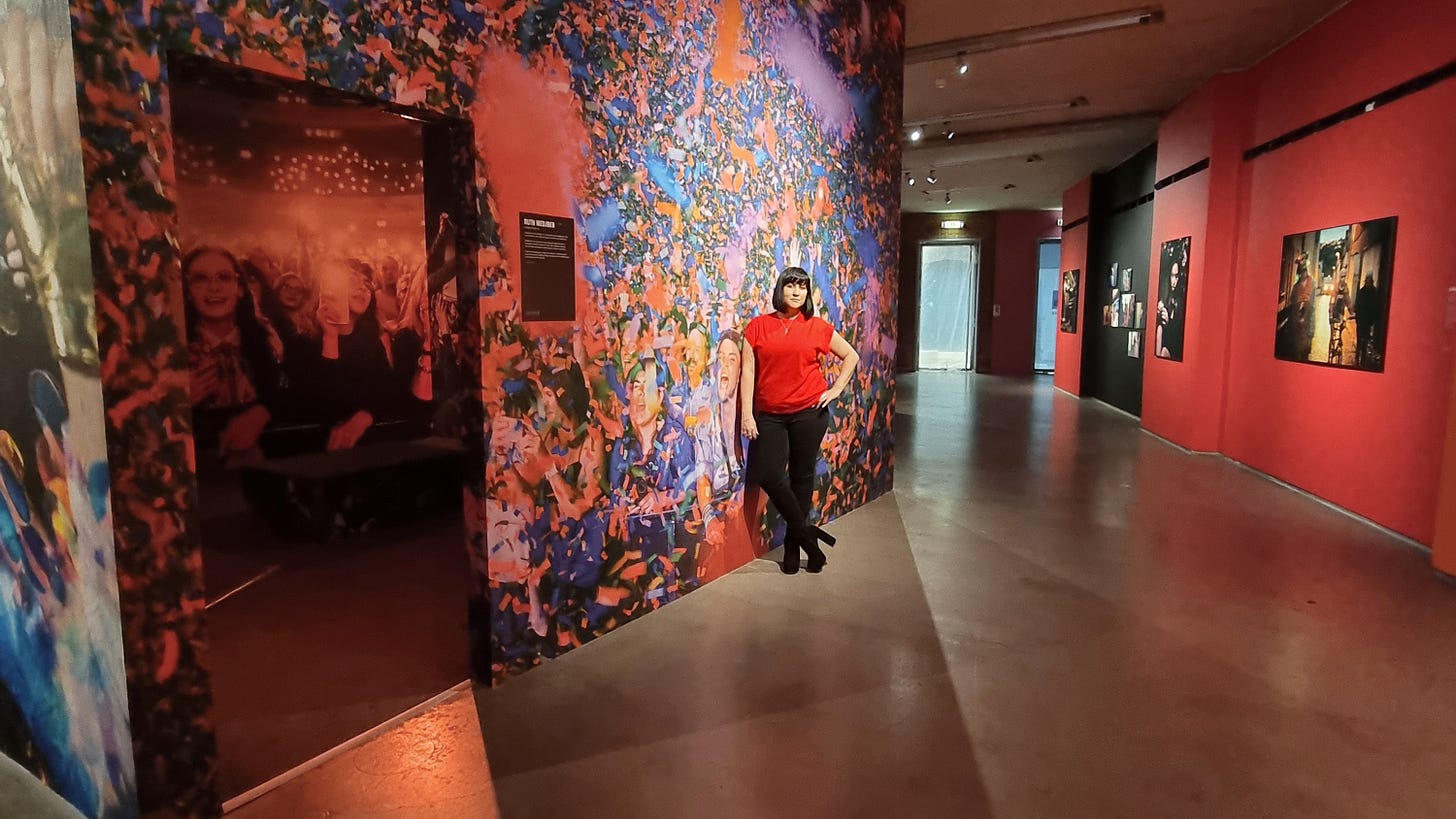


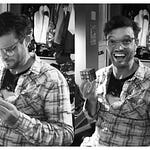
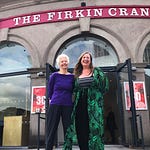
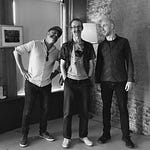
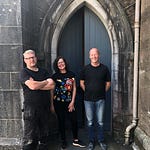
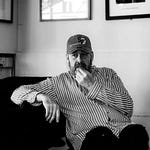
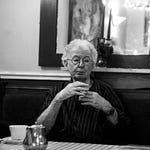
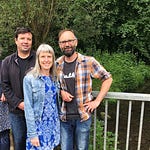

Share this post